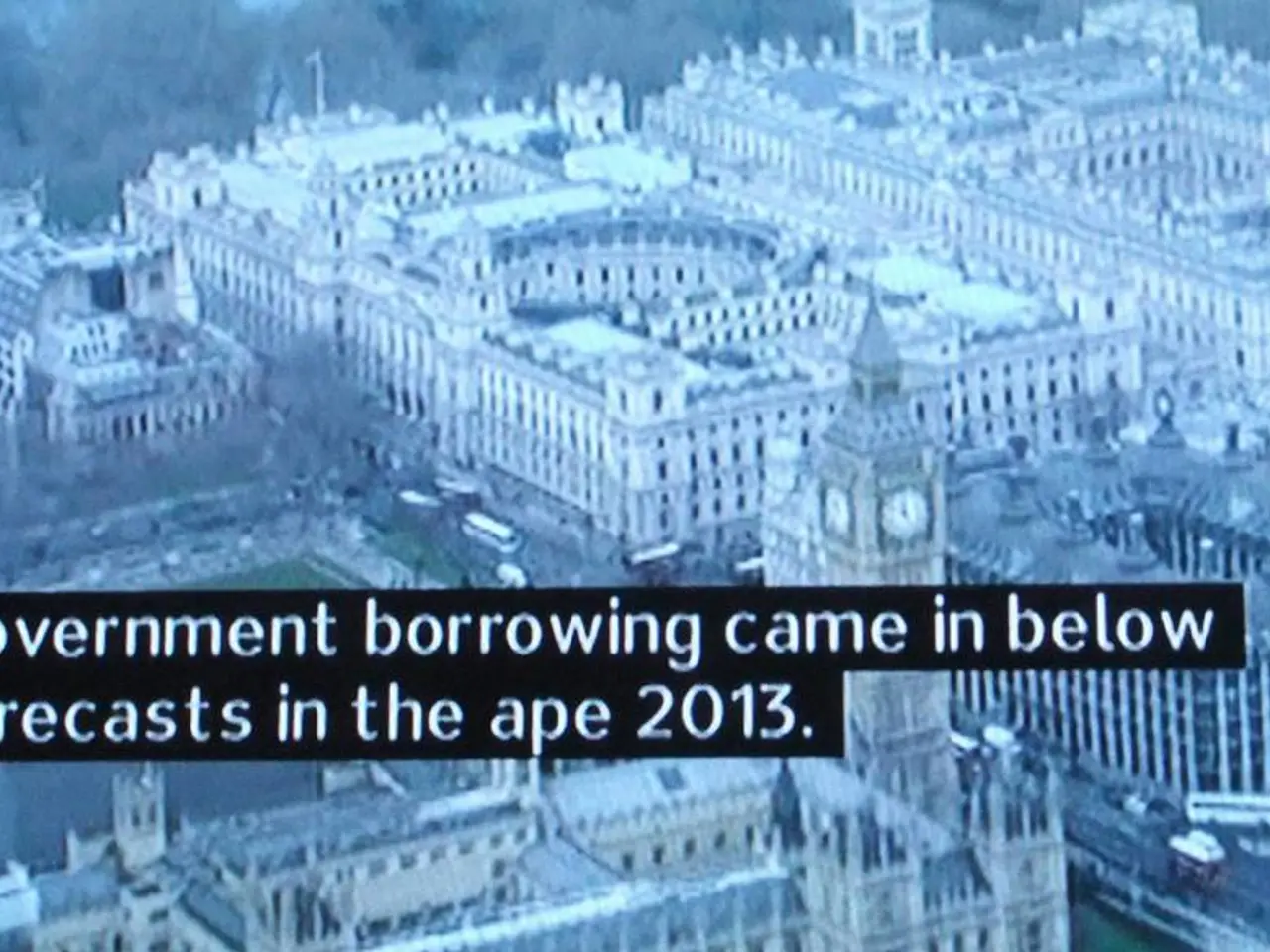Developing a Real Estate Crowdfunding Platform Like Fundrise: A Step-by-Step Guide
In the rapidly evolving world of financial technology, real estate crowdfunding platforms are making significant strides, providing opportunities for both investors and builders alike. Here's a step-by-step guide on developing a platform like Fundrise, currently managing assets worth $800 million for over 140,000 investors.
## Key Steps for Developing a Real Estate Crowdfunding Platform
### 1. Platform Concept and Strategy - Define the Platform's Purpose: Determine whether your platform will focus on residential, commercial, or a mix of real estate projects. - Identify Target Investors: Understand the types of investors you want to attract, such as individual investors or institutional investors. - Develop a Business Model: Decide on revenue streams, such as commission-based or subscription-based models.
### 2. Legal and Compliance Framework - Understand Legal Requirements: Ensure familiarity with relevant securities laws and regulations in your jurisdiction. - Compliance Integration: Implement tools for automated compliance checks, such as investor verification and anti-money laundering (AML) measures. - Regulatory Reporting: Develop systems for transparent reporting to regulatory bodies.
### 3. Technology and Infrastructure - Choose a Platform Builder: Consider using platforms like DrapCode for real estate crowdfunding, which offer features like deal dashboards and e-signatures. - Integrate Third-Party Services: Incorporate payment gateways and other necessary integrations to enhance user experience. - Security Measures: Implement robust security measures to protect user data and transactions.
### 4. Investor Onboarding and Engagement - User-Friendly Interface: Design an intuitive investor portal that allows easy access to investment opportunities and portfolio management. - Investor Education: Provide resources and tools to help investors understand the platform and investment options. - Community Building: Foster a community through regular updates and engagement tools.
### 5. Deal Sourcing and Management - Project Selection Criteria: Establish rigorous criteria for selecting quality real estate projects. - Project Monitoring: Implement systems for monitoring project progress and reporting to investors. - Risk Management: Develop strategies for managing project risks and ensuring investor protection.
### 6. Marketing and Promotion - Marketing Strategy: Develop a marketing plan that targets potential investors and promotes the platform's unique offerings. - Brand Development: Build a strong brand identity that emphasizes transparency, security, and reliability.
### 7. Testing and Launch - Pilot Testing: Conduct thorough testing with a small group of users to identify and rectify any issues. - Launch Strategy: Plan a strategic launch that includes marketing campaigns and investor outreach.
By focusing on these steps, you can create a comprehensive and effective real estate crowdfunding platform akin to Fundrise. Real estate crowdfunding platforms are now live on the Play Store and App Store after being built.
In different regions, regulations vary. For instance, in the US, unaccredited investors are defined as those with an annual income less than $200,000 and a net worth of less than $1 million (excluding their primary residence). In the UK, crowdfunding investors can make deals only up to 10% of their assets, averaging out to £5 thousand per investor. In Australia, all investment backers should go through a registration process and can only own $2.5 million worth of real estate assets.
To gain a competitive edge, a real estate investment platform can offer a minimum initial investment of $100-$200, use smart contracts, VR view of property listings, and educational resources. To make money from a real estate investment platform, one can charge advisory fees, management fees, and early redemption fees.
The global real estate crowdfunding market is expected to grow to over $239.78 billion in the 2021-2026 time period. The cost of building a real estate crowdfunding platform can be up to $120,000 to $200,000, depending on factors like selected features, technologies used, team size, and location of the app development agency. Customer support should be available to investors to contact the platform when they need help or have questions.
In conclusion, developing a real estate crowdfunding platform is a complex but rewarding process. By understanding the key steps and adhering to legal and compliance requirements, you can create a platform that caters to the needs of both investors and builders, fostering growth and prosperity in the real estate sector.
In the realm of education-and-self-development, understanding the key steps for developing a real estate crowdfunding platform (as outlined above) can serve as a foundation for acquiring knowledge and skills in technology and entrepreneurship.
Moreover, incorporating elements such as virtual reality technology for property listings, and creating educational resources, can contribute to enhancing the lifestyle of potential investors by increasing their understanding and access to real estate investing opportunities.




